There is a room for reflection with plush fuchsia carpeting outside of American Monument, an exhibition by lauren woods (she always uses lower-case letters) at the University Art Museum (UAM) at Cal State Long Beach. woods designed it, placing deliberately empty vitrines against each wall, because, had her exhibition unfolded as planned, visitors may have needed a chance to breathe and think after listening to audio recordings of police officers and neighborhood watchmen berating black victims, or paging through police interviews and reports revealing the extent of systemic, racist violence in this country. But, since woods’s exhibition opened without either the audio files or documents on view, the room with the plush carpet feels ominous, its emptiness underscoring the silence and absence that now characterize the show.
American Monument opened five days after woods’s collaborator, the UAM’s director Kimberli Meyer, was fired by the university without explanation. woods planned the installation – which required countless Freedom of Information Act (FOIA) requests, re-performances of police transcripts, and cellphone videos shot at scenes of black Americans’ deaths – as the first iteration of an evolving show, envisioning how to acknowledge state-perpetuated violence against black bodies in the US. By refusing to allow her project, years in the planning and months in the prepping, to proceed quietly in the wake of Meyer’s dismissal, the artist foregrounded bureaucratic discomfort with both race and transparency. In doing so, she has managed, impressively though unhappily, to pull into relief the messiness of art institutions’ political investments. Art that tries to spotlight insidious, structural contradictions from within institutions often feels neutered by its own complicity. Not so here.
Reports and op-eds that circulated after Meyer’s firing and woods’s public outcry often made it sound as though the UAM’s doors had closed entirely. Again and again, the installation was described as “pulled,” “halted” or (woods’s chosen term) “paused.” It was framed as a sum of cursorily defined parts by writers who, judging from a scattering of conflicting descriptions of the work, had likely not visited the exhibition. Excessive ink was spilled over the anxieties American Monument had caused the Cal State Long Beach administration. Texas Monthly described an atmosphere of “anxiety” and “distress,” quoting Meyer, who said that many people in “various parts of the university” were “really uncomfortable with” the show’s content. However, the exhibition remained up, albeit in an intentionally edited form.
Warnings about sensitive content still stand by each museum entrance. However, woods’s “pause” meant taking away the audio and documents that made Cal State officials most nervous, and which made the research and curating of the show such a daunting task. Their omission acts as something of a mirror, reflecting the institution’s concerns back at it, and questioning whether it can steward such a weighty consideration of racist violence in America.
On the day of its scheduled opening, students, faculty, and guests gathered in the sunny brick courtyard outside the UAM. The Dean of the College of Arts, Cyrus Parker-Jeanette, spoke: “We are about to move forward with an experience unlike probably many experiences you have had,” she said, congratulating the staff, administrators, docents, and the UAM advisory board for “supporting this challenging work.” An audience member interjected, asking why she had not acknowledged Meyer, who organized the show, and questioning the firing. “I can’t satisfy your curiosity,” said Parker-Jeanette. “It’s not about curiosity,” countered a voice from the crowd, and here the opening took a turn from celebration to something of a protest.
After the dean’s remarks, viewers migrated into the galleries where woods stood on a wide, low platform surrounded by record players. “As it was noted outside,” she said, pacing and talking with her hands, “we do have someone missing.” She read remarks from Meyer, who had made addressing institutional racism part of her mission when she accepted the directorship in 2016: “To truly embrace inclusivity, we must be able to address everyday violence.” woods punctuated her own carefully-worded statement – she had hoped to work with Meyer and UAM students to build “a tool to disrupt white supremacy” – by playing a record of a re-performance of Philando Castile’s girlfriend’s live-stream of his death at the hands of a police officer: “you shot four bullets into him.”
From this point on, the conversation and criticism swirling around Monument became messily bureaucratic. The university publicly stated that Meyer’s firing had nothing to do with Monument (though it also emerged that they had asked for transcripts of all the exhibition’s recordings the day before they let Meyer go). A union rep, who also worked for the art school’s development department, claimed that “Kimberli excelled” at “artistic vision” but struggled with “operations competency.” An open letter from a former intern identified racism in the UAM’s culture, and asked for Meyer to be reinstated. Visiting artists canceled. Art historian and Cal State Long Beach professor Nizan Shaked wrote an op-ed calling for greater conversation about institutional social justice. woods gave interviews and spoke at a five-hour on-campus summit. The work itself became peripheral, despite the deliberate gesture of artistic refusal that catapulted all this dialogue onto so large a stage.
woods’s projects have challenged institutional identities before. For Drinking Fountain #1 (2005), she installed a video at a water fountain in the Dallas County Records Building, beneath traces of a worn “whites only” sign. Turning on the fountain triggered footage of Civil Right protests, which played out inside the fountain for a few seconds before water spouted out. The “whites only” signs had reemerged circa 2003, after construction on the building, and woods saw an opportunity to acknowledge, without erasing, a harmful history. In 2010, woods exhibited part of her The Africa Archives, a multimedia project exploring how the West portrays Africa, at UCSD. A few weeks into the show, a group of UCSD students organized an off-campus party called “Compton Cookout,” inviting guests to dress as stereotypes: it was Black History Month and they were making fun, also underscoring the local pertinence of the issues woods’s work probed.
A five-part installation, American Monument boasts the stately simplicity and clean lines now synonymous with notable monuments (eg., the Vietnam War Memorial, the Steilneset Memorial and Oklahoma’s Outdoor Symbolic Memorial). But its effect relies less on impressive form than granular detail. Three smaller surrounding galleries feature blown-up documents pasted to the walls: court filings from the trial of George Zimmerman for shooting Trayvon Martin in 2012, and from the trial of Darren Wilson for shooting Michael Brown in 2014; and then an autopsy drawing that marks where each of the 16 bullets entered and exited the body of 17-year-old Laquan MacDonald in 2014. The transcripts are, unsurprisingly, aggravating and arduous: Zimmerman builds, through words that double back on themselves, a fantasy ripped from film noir, describing the unarmed, teenage Martin reaching toward Zimmerman’s exposed gun and saying “You’re going to die tonight, Motherfucker.” Wilson, in the midst of a confusing narrative about a contested pack of cigarillos, paints Brown as a terrifying giant: “Hulk Hogan, that’s how big he felt […].”
In the large main room, the exhibition’s centerpiece consists of a low platform made of polished wood. It holds twenty-five waist-high white plinths, their surface the exact size of the white and black record players sitting on them. Viewers would have been able to walk around these players, placing the needle on the black acetate record of their choice, listening to readings and performances of police encounters or recollections of black victims. This project grew from a 2014 exhibition in Dallas, for which woods recorded different male voices repeating lines from Zimmerman’s and Wilson’s transcripts, transferred the recordings to acetate records, and placed players throughout an installation of videos. The videos would pause if someone played a record. “The viewer was complicit in the activation of these lines that are tied to these traumatic and violent moments, but they also had to negotiate the other people in the space who didn’t want that experience,” the artist told Tyler Green on The Modern Art Notes podcast in late September, explaining how that installation seeded American Monument. At the UAM, visitors still try to turn on players before realizing no records are there.
The next room over, long, narrow, and more dimly lit, holds three tables and a shelving unit filled with flat metal file boxes. The longest table is 21 feet, the distance at which the “use-of-force” rule for police kicks in (from that far, or closer, force against an apparently-armed suspect becomes justifiable). The center table is 15 feet, the distance from which Chicago PD officer Jason Van Dyke shot MacDonald in 2014. The shortest – five feet long – represents the distance from which an LAPD officer shot a 70-year-old homeless woman, Margaret Mitchell, in 1999. The simple, clear logic of all this, and its minimal aesthetic, reads as both sober and familiar. Had the show opened as planned, visitors would have been invited to take the metal boxes, teeming with documents, down from the shelves to read through police and court records related to violent deaths of usually-unarmed US victims. Instead, the boxes are empty.
The statement woods read on opening day now sits on the museum’s front desk. “There is a mythology around art production,” it reads, “that authorship of a work is by a singular, lone artist and that that artist is at the center of art production. I am sure this idea was partially part of this ill-informed decision” to fire Meyer right before the opening. American Monument, it continues, “can only exist through collective authorship.” woods promised to pause the exhibition until either her collaborator was reinstated or the university agreed to “engage in a restorative process and to take a public stance on ending police brutality and the culture and practice of anti-blackness.” But it is now clear that American Monument will close without any such resolution.
The exhibition, as planned, would have framed an immensity of information about a violence that shapes this country’s past and present, offering too many words, sounds, and legal documents for any one person to process alone. But in doing so, it would have invited viewers to join in excavating, and processing, deeply embedded injustices. In its current form, the exhibition looks much more like the UAM’s recent shows, including the smart, clean-lined sculpture exhibitions of David Lamelas and Robert Irwin. Its elegance now stands apart from its intention, reluctantly safe and self-contained, when it should have been generatively dense and difficult. Aesthetic subtlety in the space of the museum now becomes a kind of protest, referencing what should have been and hopefully will be, sometime and somewhere else. The messier grappling plays out in the wings, like at the student protest in November, where hand-made cardboard signs read “#unpause” and “#monumental racism.”

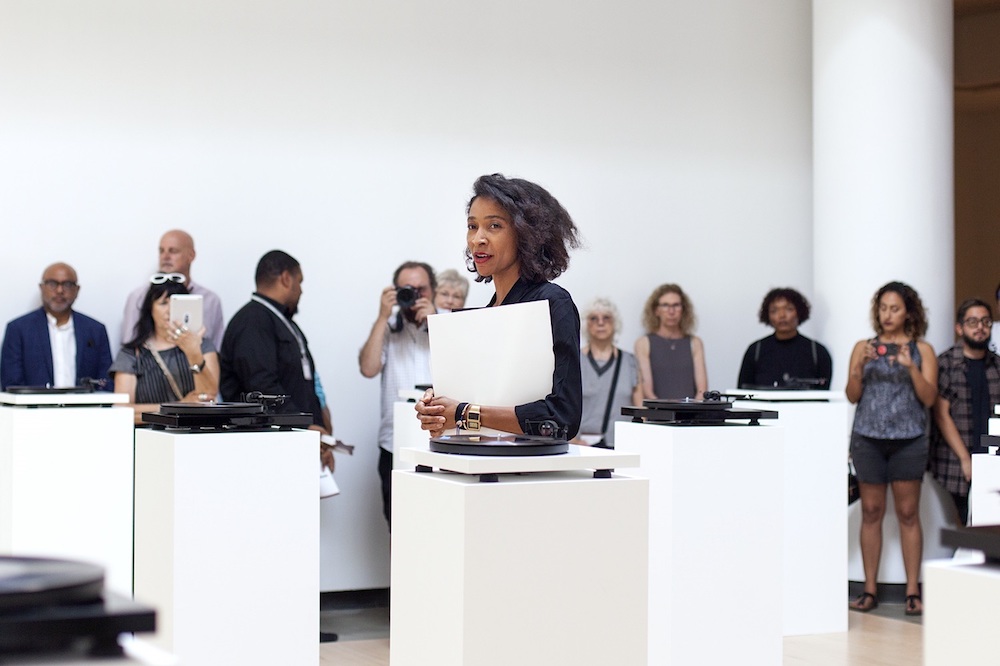























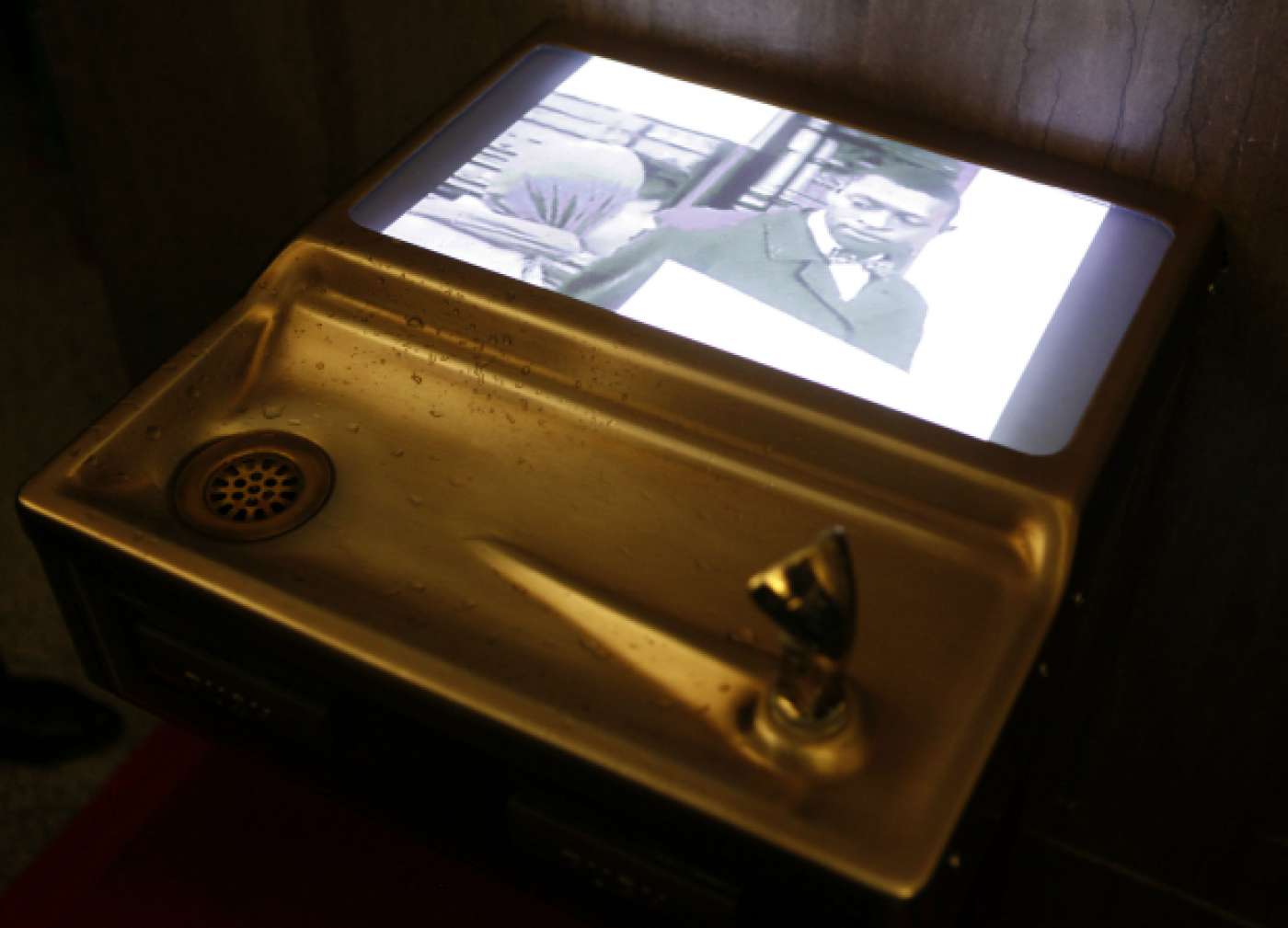
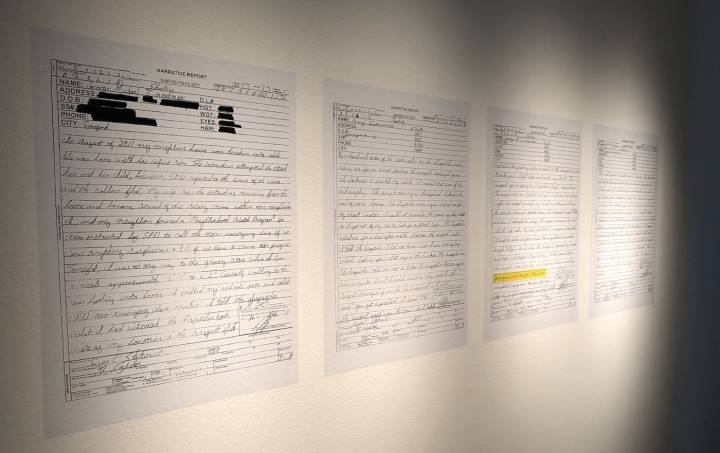
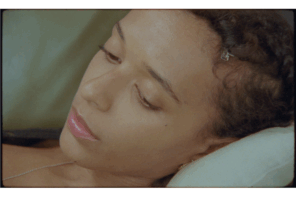


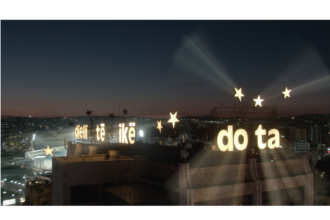
1 Comment